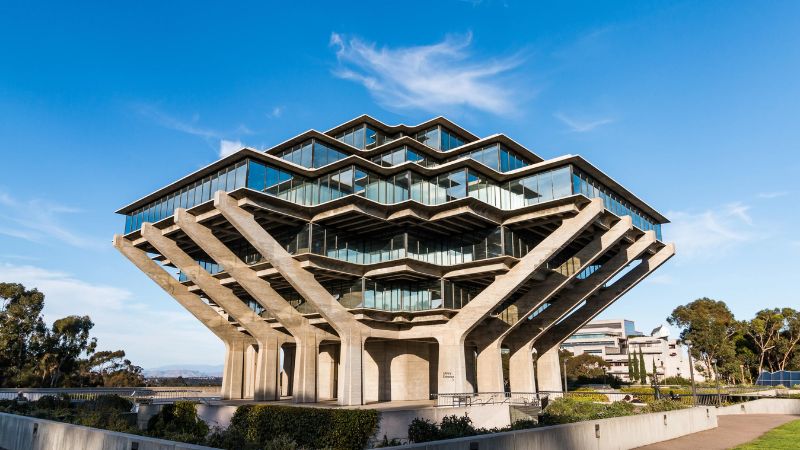Most Beautiful Brutalist Buildings in the World – Brutalist architecture, characterized by raw concrete surfaces, bold geometric shapes, and an emphasis on functionality, emerged in the mid-20th century as a distinctive design movement. This list celebrates the most beautiful Brutalist buildings worldwide, showcasing structures that defy conventional aesthetics and provoke thought. From the iconic Unité d’Habitation in Marseille, designed by Le Corbusier, to London’s National Theatre, a masterpiece by Sir Denys Lasdun, each building on this curated list reflects the daring spirit and enduring allure of Brutalism. By exploring these architectural marvels, we delve into a world where form follows function, and beauty arises from the unapologetic embrace of raw, honest materials, leaving an indelible mark on the global architectural landscape.
Most Beautiful Brutalist Buildings in the World
National Theatre, London, UK
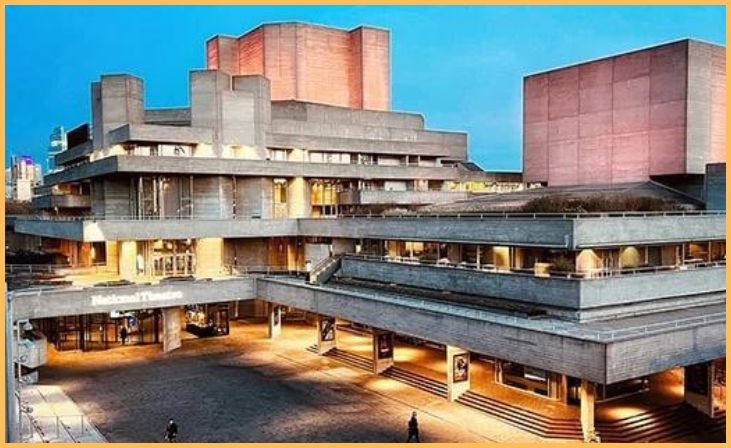
The National Theatre in London, designed by Sir Denys Lasdun and completed in 1976, is a striking example of Brutalist architecture. Its angular, exposed-concrete design has become an iconic representation of the style. The complex houses three theaters and features a distinctive terraced structure. The use of raw materials and bold geometric forms gives the National Theatre a unique and powerful presence on the South Bank of the River Thames. Despite the divisive nature of Brutalist architecture, the National Theatre is celebrated for its influential design and its significant contribution to the cultural landscape of London..
Also, Read – The World’s 10 Best Snorkeling Destinations
Trellick Tower, London, UK
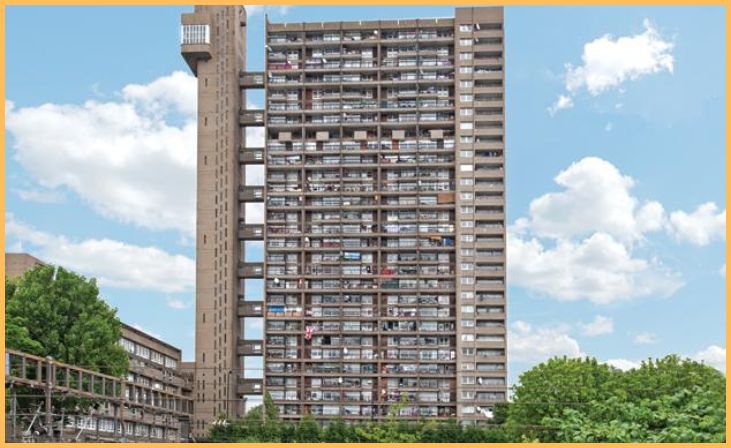
Completed in 1972, Trellick Tower in London is an iconic example of Brutalist residential architecture designed by Ernő Goldfinger. This 31-story residential building stands out with its bold profile and exposed concrete surfaces. The tower features a distinctive separate service tower connected to the main structure by aerial walkways, creating a visually striking composition. Trellick Tower is celebrated for its unique design, which incorporates elements of the Brutalist movement while providing housing for its residents. Despite its controversial reputation, the tower has gained recognition as an architectural landmark, contributing to the diverse architectural tapestry of London.
Boston City Hall, USA
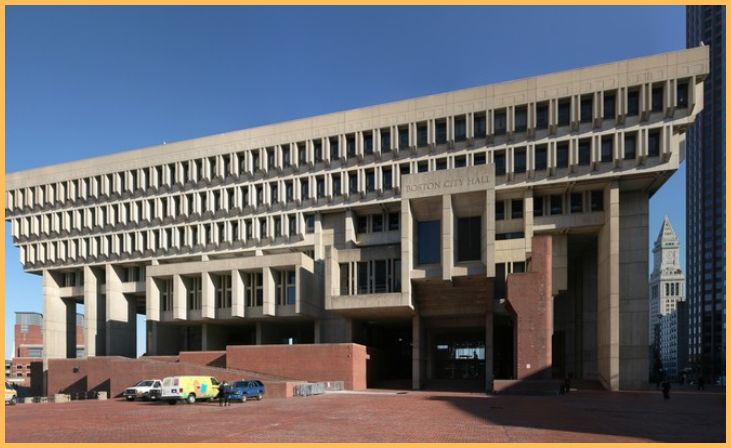
Boston City Hall, a prominent example of Brutalist architecture in the USA, was completed in 1968 by architects Kallmann McKinnell & Knowles, with Campbell, Aldrich & Nulty. The structure is characterized by its imposing geometric forms and extensive use of exposed concrete. The building’s design features a dramatic inverted pyramid, cantilevered sections, and a raised podium. Despite facing mixed opinions on its aesthetics, Boston City Hall is considered a significant representation of Brutalism, reflecting the style’s emphasis on raw materials and bold, uncompromising design. It serves as a civic center and a symbol of the city’s architectural heritage, showcasing the era’s innovative approach to municipal buildings.
Brutalist Parisian buildings, France
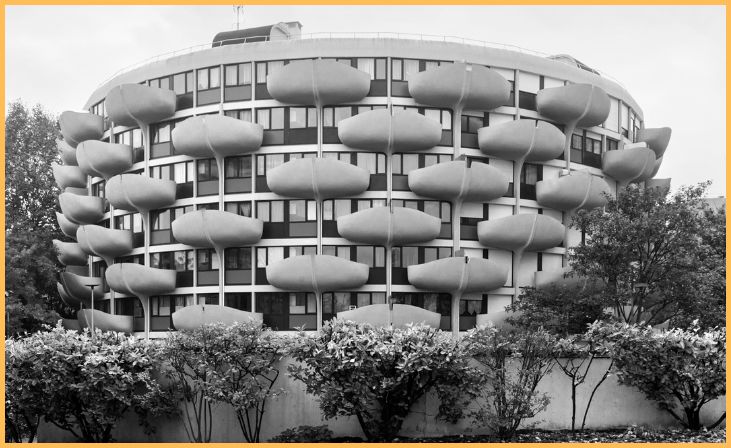
Paris is home to several noteworthy Brutalist buildings, contributing to the city’s architectural diversity. Notable examples include Les Espaces d’Abraxas in Noisy-le-Grand, designed by Ricardo Bofill, featuring large, imposing structures with geometric precision. The Tour Montparnasse, designed by Eugène Beaudouin, Urbain Cassan, and Louis Hoym de Marien, is another iconic Brutalist skyscraper in the city. Its stark design stands out in the Parisian skyline. These structures reflect the influence of Brutalism in French architecture during the mid-20th century, embracing raw concrete aesthetics and bold, often controversial designs. While polarizing, these Brutalist Parisian buildings contribute to the city’s architectural conversation and showcase the movement’s impact on urban landscapes.
Yale Art and Architecture Building, New Haven, USA
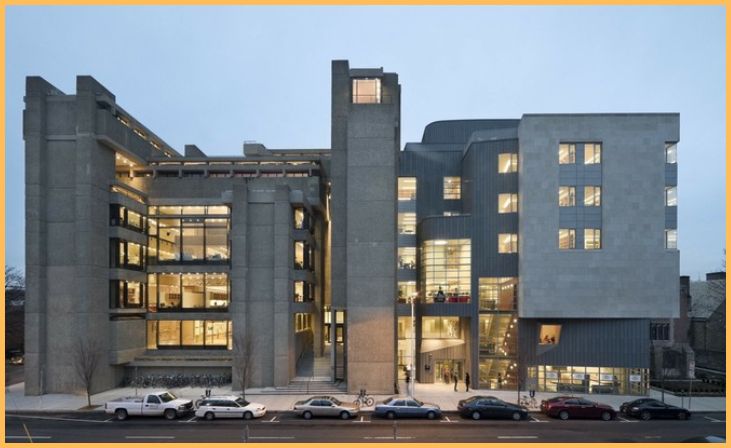
The Yale Art and Architecture Building in New Haven, designed by architect Paul Rudolph and completed in 1963, stands as a notable exemplar of Brutalist architecture. Characterized by its intricate and dynamic structure, the building features interconnected spaces, textured concrete surfaces, and a series of cantilevered staircases. Rudolph’s design emphasizes the sculptural and functional aspects of the building, creating a visually engaging environment for the study of art and architecture. Despite controversies and renovations over the years, the Yale Art and Architecture Building remains an influential symbol of Brutalism and an integral part of Yale University’s architectural heritage.
Also, Read – The 7 Best Small Towns in the US to Retire to
SOS Children’s Village, Imst, Austria
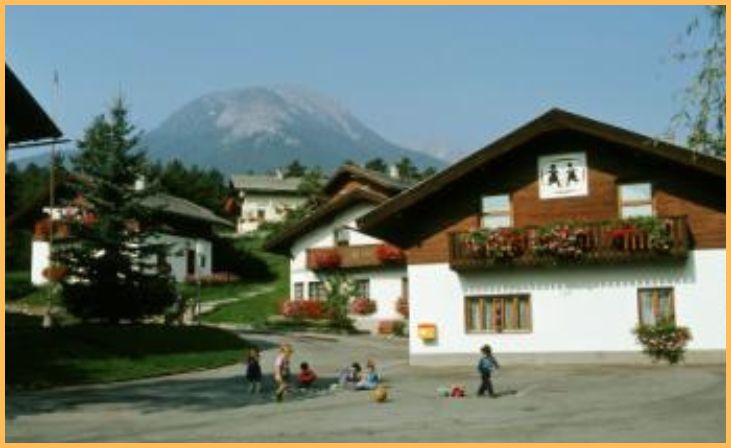
Completed in 1974, the SOS Children’s Village in Imst, Austria, designed by architect Hermann Czech, is a distinctive example of Brutalist architecture. The residential complex seamlessly integrates with its natural surroundings, featuring exposed concrete structures and a harmonious blend of modernist design principles. The use of raw materials and textured surfaces creates a sense of unity with the landscape. Hermann Czech’s vision for the SOS Children’s Village goes beyond conventional Brutalism, incorporating thoughtful landscaping and communal spaces, providing a nurturing environment for its residents. This Austrian Brutalist gem exemplifies the movement’s adaptability and its potential to create humane and functional spaces within an architectural style often associated with bold, imposing structures.
The Barbican Centre, London, UK
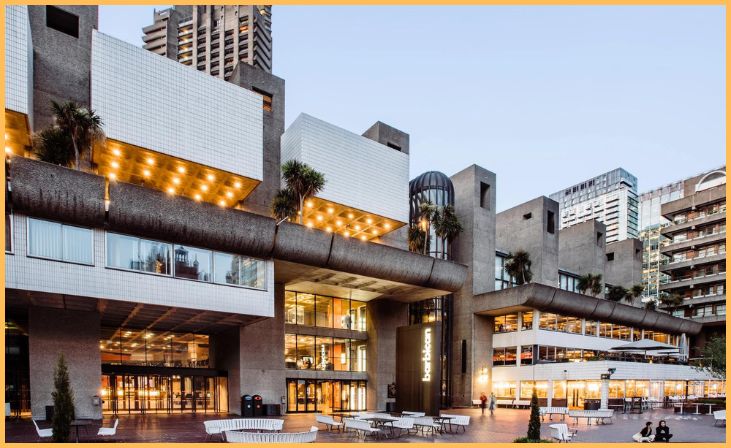
The Barbican Centre in London, designed by architects Chamberlin, Powell and Bon, was completed in 1982 and is a prominent example of Brutalist architecture. This multifaceted complex encompasses residential, cultural, and recreational spaces. Its iconic high-rise towers, elevated walkways, and extensive use of exposed concrete contribute to its distinctive Brutalist aesthetic. The Barbican Centre’s design prioritizes functionality and communal living, featuring a concert hall, theaters, galleries, and a conservatory. Despite initial controversy, it has become a celebrated symbol of post-war architecture, demonstrating the adaptability and versatility of Brutalism. The Barbican stands as a testament to the integration of art, culture, and urban living within the framework of Brutalist principles.
Conclusion
In conclusion, these most beautiful Brutalist buildings stand as timeless testaments to the marriage of functionality and bold aesthetics. From the visionary designs of Le Corbusier to the innovative creations of architects worldwide, Brutalism continues to captivate with its raw beauty. As these structures endure, their impact on urban landscapes and architectural discourse remains profound, securing a lasting legacy that challenges conventional norms and inspires future generations to appreciate the unique allure of Brutalist masterpieces.
FAQs
Brutalist architecture is a design movement that emerged in the mid-20th century, characterized by the use of raw concrete, bold geometric shapes, and a focus on functionality. The term “Brutalism” is derived from the French word “béton brut,” meaning raw concrete.
Beauty in Brutalist architecture often stems from its raw and honest use of materials, strong geometric forms, and a commitment to functional design. The aesthetic appeal lies in the striking visual impact and the unique way these structures interact with their surroundings.
Notable architects include Le Corbusier (Unité d’Habitation), Sir Denys Lasdun (National Theatre), Tadao Ando (Church of the Light), and Louis Kahn (The Salk Institute), among others.

